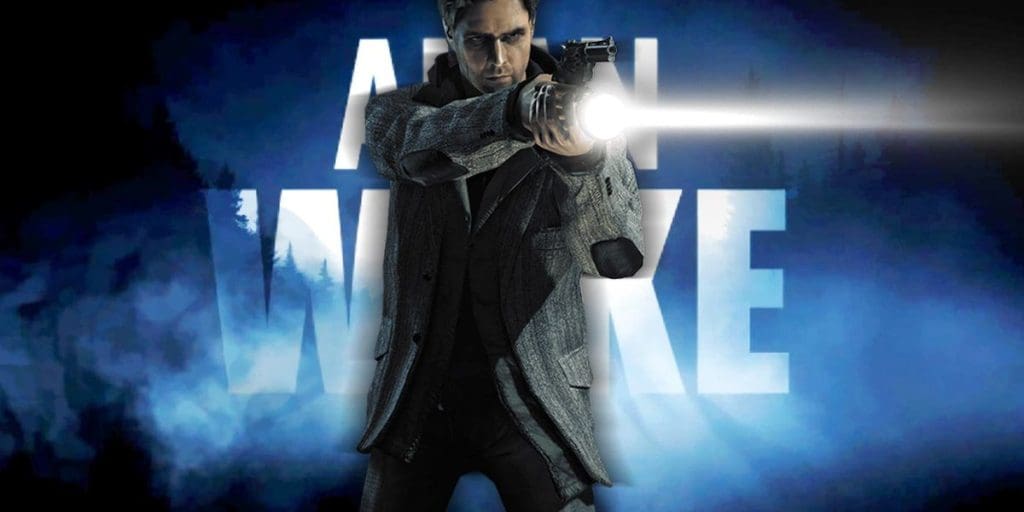The idea that storytelling has intrinsic power is one of Alan Wake’s main themes. An entire world is created from a story, only a few lines on paper, and events are set into motion. A story, on the other hand, has a clear ending, unlike actual life. Even once you conclude, Alan Wake’s story can be challenging to pinpoint because it makes extensive use of literary and metafictional motifs.
This evil monster of darkness and shadow torments and mocks Alan throughout his narrative (both from our perspective and his perspective), taking his wife, Alice, and corrupting the minds and bodies of the citizens of Bright Falls in the process.
Alan Wake’s Ending Has Many Confused
It seems to be a supernatural power that has lived at the bottom of Cauldron Lake for all of the time, according to anecdotal testimony from Thomas Zane and the Anderson Brothers, in addition to the Dark Presence’s sporadic remarks. The Dark Presence is nearly omnipotent when it takes control over our planet, but the catch is that it cannot do so without first gaining access to human minds and emotions.
Through creative endeavors like poetry, music, and storytelling, the Presence can get this foothold most easily. The Presence will have complete control over our universe if it can force a person to “dream it free,” as it says. This has one drawback, though: the Presence must abide by the conventions of whichever media its host excels in.
For instance, it was necessary for Alan to compose a complete horror story. Even if he simply wrote, “And then Darkness happened, the end,” on a sheet of paper, his suspension of disbelief would prevent it from happening. Once you’re drawn in by a good story’s stakes and intrigue, the Presence leaves you



